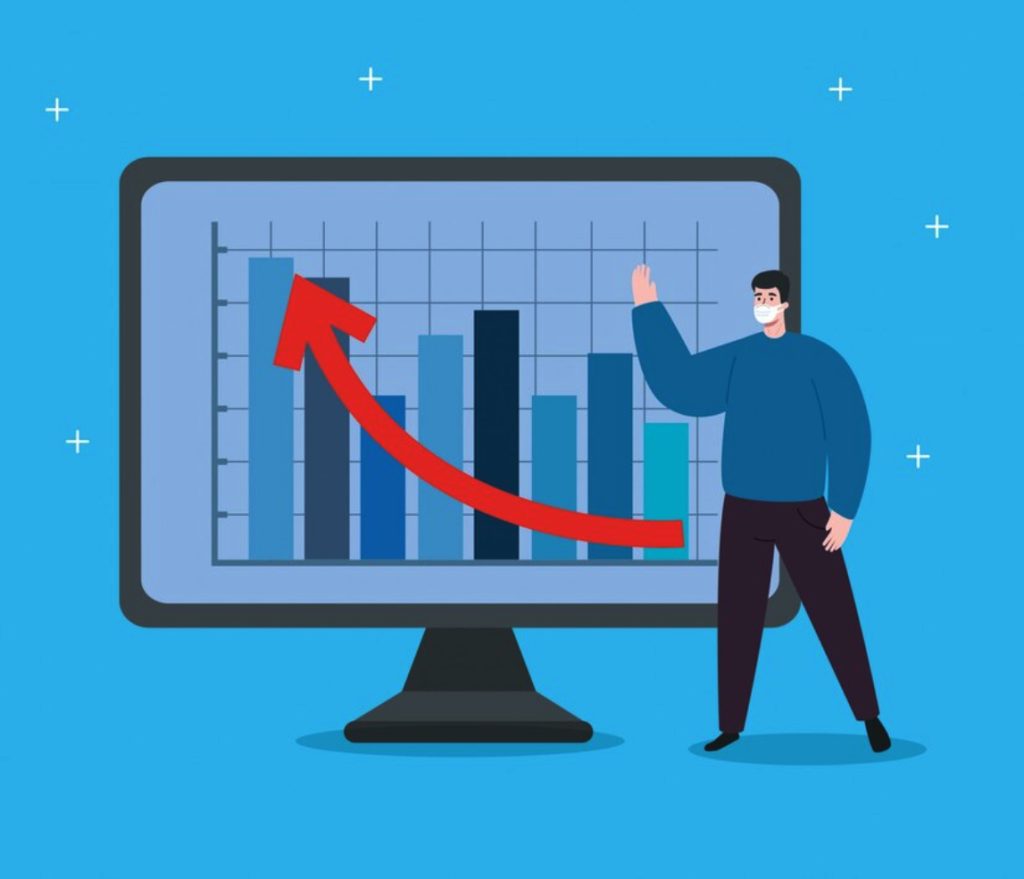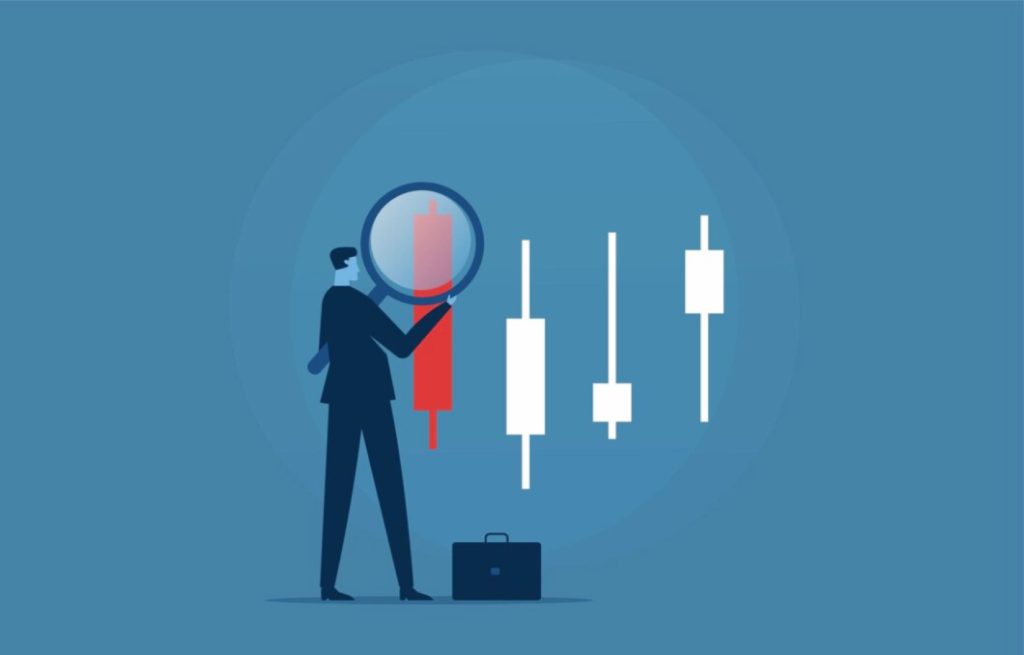Oreo – Types of federal student loan forgiveness and how to apply for student loans With about $2 trillion in debt, almost 43 million Americans have federal student loans. There are various ways one could forgive student loans. Analyzing choices for lowering student loan debt and possible application strategies
Federal loan forgiveness schemes
Apart from the recently revealed student loan forgiveness scheme, the federal government runs several debt reduction initiatives for students.
Some of the present federal student loan forgiveness programmes are listed below:
1. Loan forgiveness for the National Health Service Corps
Depending on your specialty, years of experience, and whether you work full- or part-time, you might be qualified for up to $100,000 in student debt forgiveness as a health care professional—physician, nurse, physician assistant, psychologist, social worker, or other qualified medical practitioner.
How might one find relief from their student loan debt? Depending on the school you choose, you have to work in a specialist sector of health care two or three years. Working full-time will result in a cancellation of more loans. Go over the requirements to find out which of the three programs would be most suited for you. Three separate initiatives exist.
2. Teacher loan pardon
Should you meet specific requirements or live in a low-income area, the government will cancel federal student loans up to $17,500.
To qualify for this student loan relief, you must work as a teacher for five years straight in a school registered in the Teacher Cancellation Low Income (TCLI) Directory of the Department of Education following graduation from college and earning your teaching credential.
3. Public service loan forgiveness (PSLF)
This program was developed in 2007 in order to inspire graduates to engage in nonprofit sectors. Once you have made 120 qualifying payments—equivalent to working for a qualified employer for ten years—your remaining balance is waived. PSLF does not apply, however, to loans taken out from private lenders.
How might one find relief from their student loan debt? Enrol in an income-based repayment plan and combine your federal debt. Work for a decent company at least ten years. Among these companies are some nonprofits as well as governments both federal and at the state levels. Complete an employer certification form and forward it to the U.S. Department of Education annually for more exact processing. To be qualified you neither have to work for or pay consecutive payments.
4. Plan forgiveness driven by income, or IDR
After 20 or 25 years, the kind of income-driven repayment plan you are on could let you be free of any outstanding debt. Usually, this type of student loan cancellation is liable to federal taxes. Until 2025, meanwhile, the IRS will not classify any student loan cancellements as taxable income.
How does one obtain student debt relief? If you are qualified for income-driven payments, combine your federal student loans into one loan solely for the repayment schedule. Then, following the plan’s conditions, pay consistent payments for twenty or twenty-five years. Once the payment term ends, your outstanding obligation will be waived.
5. Other federal loan forgiveness schemes
Your qualification for different government programs will depend on your situation and background. Plans for loan forgiveness or repayment consist in the following:
Active duty military service by veterans. Among the choices are payment deferment, IDRs, partial or full payment under a Department of Defence scheme, and total debt forgiveness should you be a disabled veteran.
Veterinarians. Under a program run by the National Institute of Food and Agriculture, you could be entitled for up to $25,000 annually—up to three years—based on working in a location experiencing a “veterinarian shortage situation.”
Judges. The John R. Justice student debt payback programme gives loan repayment to help charitable groups that assist needy persons and juvenile delinquent cases solve a deficit of prosecutors, public defenders, and attorneys.

Programs for student loan forgiveness by states
Along with federal programs, many states have their own student loan forgiveness schemes. You might not have to spend as much time paying back your debts even if the amount canceled usually falls short of what you would get through a government program.
Most state student loan forgiveness programs focus on specific vocations, such teaching or the medical sciences. Usually you have to work in a rural area, live in a low-income area, or have a specialist qualification.
Get in touch with your state to find out what choices for student debt relief they provide. As some of these projects fit with federal student loan forgiveness programs, you could be able to mix several programs to get greater help.
Alternative student debt relief choices
Grants and other kinds of assistance returning your student loan debt could be accessible as long as you satisfy the criteria:
- service companies. Certain groups, such as AmeriCorps and Peace Corps, provide stipends and money you might utilize to assist lower your student loan load.
- Teach for America. This non-profit provides some assistance in loan repayment.
- Employer financing assistance for students. Certain businesses provide student loan advantages, including matching contributions meant to eventually pay down your loan debt.
Application Process for Student Loans
Step 1: Fill out the FAFSA
Starting the process for applying for student loans is completing the government’s Free Application for Federal Student Aid (FAFSA). Apart from other relevant data such as whether the family will have more than one child registered in college at the same time, the FAFSA comprises several questions concerning the income and investments of the student and parents. Based on the information you send, the FAFSA will ascertain your Expected Family Contribution (EFC). The government projects that on your own, you should be able to pay for that fraction of the cost of education for the forthcoming academic year.
To save time, compile all of your account information before you sit down to start working on it. If you wish to keep getting support, the FAFSA must to be filled out annually after the first application.
Step 2: Examine Your Offers of Financial Aid
The financial aid offices of the colleges you apply to will utilize the FAFSA data to figure out how much money will be made available to you. To find your need, subtract your EFC from their cost of attendance (COA). Included in the cost of attendance are tuition, compulsory fees, housing and board, as well as certain other expenses. Most college websites have it.
The financial aid offices of the colleges you apply to will utilize the FAFSA data to figure out how much money will be made available to you. To find your need, subtract your EFC from their cost of attendance (COA). Included in the cost of attendance are tuition, compulsory fees, housing and board, as well as certain other expenses. Most campuses’ webpages have it.
Step 3: give private student loans more thought.
Should you require more money than what federal student loans may provide, applying for a private loan from a bank, credit union, or other financial institution is another option.
You can apply for a private loan using the application of the financial institution instead of the FAFSA regardless of your financial status. Either you have great credit to be eligible for a private loan or cosign the loan with a cosigner, such a parent or another relative.
Since private loans are variable rather than fixed, it is uncertain how much you will finally pay back; their interest rates are often greater than those of government loans. Furthermore without the same flexible repayment choices as government loans and not eligible for loan consolidation under the government Direct Consolidation Loan scheme are private loans. You can refinance your private loans—perhaps at a lower interest rate—after you graduate.
Step 4: Select your school.
When choosing a college, the debt you would incur to attend one university over another may not be the most important factor. Still, it should surely rank highest on the list. Not only may it keep you up at night to graduate from college with insurmount debt, but it can also limit or even destroy your professional and personal choices for years to come. Consider your possible future careers as well while considering whether to invest more for college. If you work in a field with a high entry-level salary, you will be more suited to pay off your debt and fairly assume more debt.
Why would federal loans be better than private ones?
Generally low, stable interest rates (private loans may have changing rates) and a range of flexible repayment alternatives are offered by federal loans. Unlike government loans, private ones are not dictated by financial need. Borrowers may have to pass a credit check to show their dependability. Should the borrower have a poor credit history, little credit history, or neither, the loan may call for a cosigner. Cap borrowing on private loans could be more than on government loans.
Conclusion
Research whether student loan forgiveness is a possibility before presuming you will always have to pay back your debt. Remember, though, loan aid usually comes with restrictions. Usually you have to meet specific requirements or choose a particular career path.
Furthermore a reminder that most of these initiatives aimed at lowering student debt are not applicable for private loans. Your government loans are the only ones for cancellation eligible. Thus, if you qualify, it would make sense to combine your federal loans and start an income-driven repayment schedule. This helps you to manage your monthly income and contribute to several cancelation initiatives.
If you already have a mound of student loan debt, it could be wise to act to arrange your finances. If you, or someone you know, are starting your college career, consider choosing a professional path with a get-out-of- debt program.

